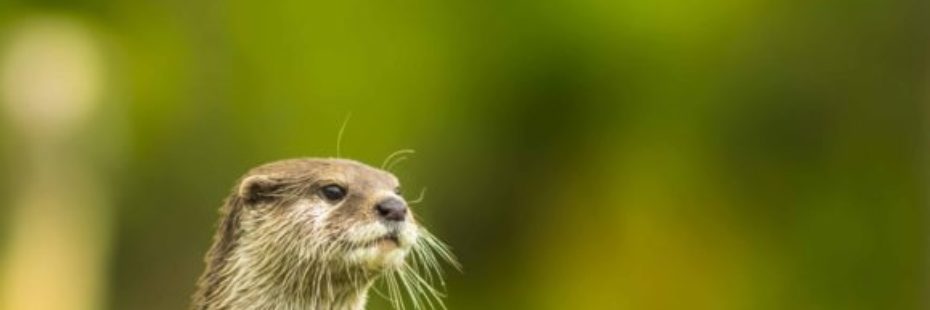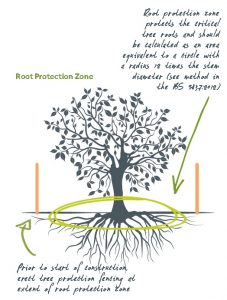
How to consider wildlife and trees in your new building design
Over the next few weeks we are publishing a series of ‘how to’ blogs to help guide self-builders or developers in considering all aspects of the National Park’s special and unique qualities in their design. In this second blog we focus on how to consider the impact on the National Park’s wildlife and trees in your design. More information on this can be found in our new Design and Placemaking Guidance.
As a planning authority, the National Park must determine if any protected species would be affected by development when considering a planning application.
Our Local Development Plan (LDP) sets out a requirement for applications to submit a protected species survey outlining how protected species and habitats might be affected by any proposed development.
Since the launch of the LDP, most applicants have been successful in getting to grips with this requirement and in the first year of the Plan, many bat, otter and other protected species surveys have been submitted along with other ecological surveys. Bat surveys are very often required for applications for works affecting existing buildings.

Four otter surveys were submitted in the first year of the LDP
Early surveys and comprehensive mitigation plans help to progress a development proposal that may affect a protected species. Our new Design and Placemaking Guidance provides a timetable to ensure you get your timing right and the wildlife survey is taken early on before you submit your application. Applications can be delayed for months if not carried out at the correct times. For example, bat maternity roosts can only be properly assessed during the summer breeding season April to August.
It is equally important to have a good knowledge of the habitats and species present on and adjacent to the site, so that where possible planning applications identify proposals to make a positive contribution to the natural environment including a net gain in biodiversity.
Although most developers consider the need for protected species surveys, we frequently need to remind people of the need to consider non-native invasive species surveys. It is a priority of our National Park Partnership Plan 2018-2023 to tackle and reduce the impacts of invasive non-native species such as invasive rhododendron, Japanese knotweed, Himalayan balsam and grey squirrel on a strategic scale. These also needs to be tackled at a small-scale on individual sites, so species do not spread back into areas where an eradication programme has taken place. Find out more about this priority in our National Park Partnership Plan or in the video below.
Tree surveys are also important. Depending on the scale of your proposal, you may need to either submit a simple site plan locating trees with their root protection zones, or undertake a full tree survey using a qualified expert.

The Design & Placemaking guidance provides details on how to measure a root protection zone to enable you to mark this on your site plan and ensure you are being realistic about the need for tree removal or avoid tree removal. If you have completed a detailed tree survey it is important that this information is then used to inform your design and the trees and root protection zones are clearly shown on the proposed site plan.
More information on how to consider trees and wildlife in your design can be found in our new Design & Placemaking Guidance.
Keep your eyes peeled throughout August as we publish more blogs on how to consider the special qualities of the National Park in your building design. Visit our planning advice and guidance pages to read these blogs as they are published.

